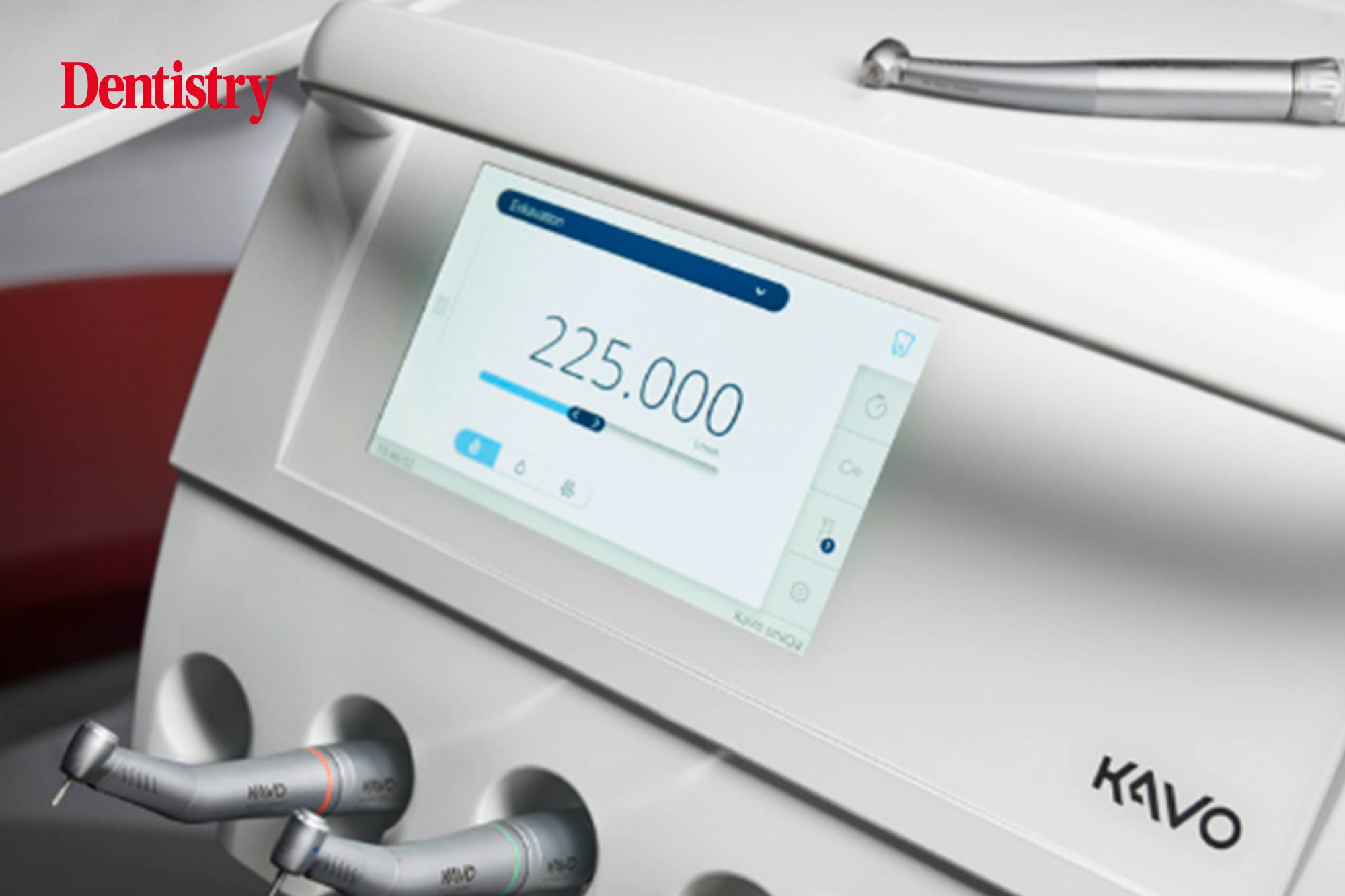
Does your equipment match up to your treatment offering?
As more than 84% of practices look to do more private work in 2022, Sarah Tipping outlines the key considerations for capital equipment that will ensure you make the right decisions now for a successful future in private practice.
Spending money on capital equipment for your practice never comes at a good time.
It’s often at the end of an expensive turnkey project or as a needs-must response to cope with expanding demands when it wasn’t even part of this year’s plans. This puts even more unwanted pressure on both the timeframe and the budget.
Explore your options
It’s always easy in these scenarios to stick with what you know and replace like for like, or what your local technician tells you is the easiest fix.
However, in the UK market, there’s a whole swathe of treatment unit options available to you. These enhance your world in ways you don’t yet realise.
And who isn’t looking for a better, easier way of doing things?
A wide range of treatment units manufactured in Germany and other European territories are built on an electronic platform rather than an air driven one.
American and Japanese manufactured units are typically built on an air driven platform. The movement of the chair itself is the focus, limiting the potential functionality.
This means that any additional requirements for the treatment unit – such as an electric motor for example – are bolted on. They often come from different suppliers, rather than everything being designed and manufactured in one place to work as one seamless system.
The enhanced workflow and ergonomics offered with a European brand go beyond your own demands. It will be apparent to your patients, who in the private world are now also your paying and discerning customers.
Build customer trust
As paying customers, patients have a choice of local private practices. In order to attract their business and loyalty, you need to gain and maintain their trust.
Moving to private work means opens up your revenue generating opportunities. But it also demonstrates increased value to your patients.
The more they trust you, the greater their investment in you and your business.
From your staff to your location to the treatment unit that the patients sit in, every asset of the practice will make an impression on them.
Number one on the ‘Seven ways to build customer trust’ article on entrepreneur.com is to ‘make customers feel safe’. This is especially resonant in dentistry.
If your patients can see and feel that they’re being treated in a state-of-the-art chair, you’re helping to tick this box. All before you’ve even started their treatment.
Patients will notice untidy tubings and wires – and these things can alarm the more nervous patients.
A treatment unit such as the Kavo Primus 1058 Life uses just one multi-functional foot control to minimise the number of wires on show. All the handpiece tubings are designed to sit tidily off the floor to help create a safer, more hygienic environment.
Enhanced workflow
Kavo treatment units can also draw freshly treated water directly from the mains – with no bottle requiring continual refilling.
The chairs are all built on an electronic platform. This allows seamless integration of multiple functions, from the electric motor to the overhead light.
As well as the treated water system, there’s also the benefit of the intelligent hygiene cycle. This is activated at the touch of a button and rinses the handpiece tubings automatically, freeing up time for your assistant to do other tasks.
Then there are the colour touch screens and in-built torque control. These help to make your work easier and stress free.
As well as the features and benefits in evidence now, with the addition of USB ports and automated software upgrades, your chair and patient communication system will be ready for the future as well.
A chair for life
Then factor in a robust build quality and high spec parts, which mean Kavo treatment units don’t age as some do.
Kavo chairs maintain their colour and appearance. But other models have plastic components that will yellow or dull after just a year or two of use.
Sarah notes: ‘We often see Kavo chairs in the market that have been working perfectly for 20 years or more. Even the newer models look brand new when they’re actually about 12 years old.’
With Kavo chairs, you’re also buying into a legacy. Kavo has been in business for over 100 years and for almost 60 in the UK alone.
Brand prestige is always reassuring in capital equipment. Just like the car you choose to drive that was probably manufactured in Europe, built on an electronic platform and marries robust build quality to high design values.
In short, with a Kavo treatment unit, you’ve got the opportunity to improve your workflow. You can also showcase your commitment to providing the best treatment for your patients and ensure that what you invest in now lasts well into the future.
For more information, visit www.kavo.com/en-uk.


